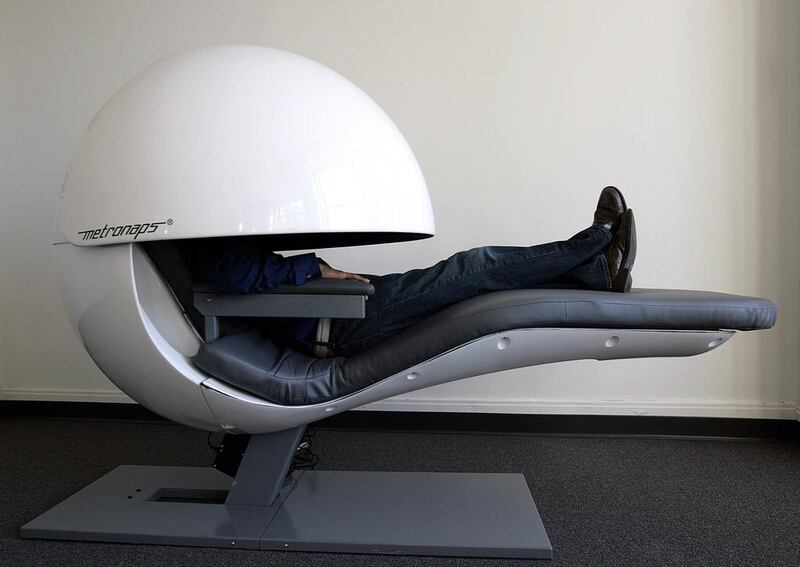There is a reason why psychologists like to put their subjects on the couch. When you are lying down and daydreaming, you reach into your psyche and touch aspects of your thoughts that are not normally on the surface.
You connect to the parts of the brain that trigger creativity, insight and intuition. Most of us leave creativity and insight to chance, believing that it will happen when we least expect it – such as in the shower. While that does happen, it can also be engineered.
Take the examples of Salvador Dali and Thomas Edison. The former was the foremost surrealist artist: the guy who painted images of melting clocks. Edison popularised uses for electricity, including the light bulb. These were serious dudes, in other words, who were in the business of creating ideas.
Did they leave idea-generation to chance? Hardly.
Dali used to lie on the couch and let his mind wander. In his hands, he held a set of keys. As his body relaxed and his mind began reaching into those areas of the brain that foster insight, he would, like the rest of us, begin to fall asleep. Except that the keychain would then fall on the ground, rudely awakening him.
He would quickly record whatever images he had in his mind then use them for his paintings. They sold for millions of dollars and helped popularise surrealism.
A similar story applies to Edison, except legend has it that he held a set of metal balls in his hand. When he dozed off, the balls would clatter on the ground and wake him up. Like Dali, Edison would record whatever insights he could recall from his unconscious brain and use them for his research.
The title character of the American television series, The Mentalist, is a super-smart psychic named Patrick Jane who solves crimes using a combination of observation, memory and intuition.
He insists that a couch be laid out in his office at the FBI because, he says, lying on the couch gives him clues and insights that don’t normally occur to other detectives.
While your boss might not agree to supply a couch in your office, you can lie on one at home when you are working on a serious problem.
The next thing to do is to nap. Former US president Bill Clinton used to take a power nap for 20 minutes and look what he accomplished.
Most of us nap without realising it, when exhausted or sleep deprived. The trick is to teach yourself to nap at will, typically in the middle of the day when your mind and body are drained.
There are many views about how long to nap. What is the optimal time for a power nap? Can you believe that people actually debate these things?
The consensus however, is about 20 minutes. Half an hour is too long and 10 minutes just will not do it. A 20-minute nap in the middle of the day – ideally on that couch in the conference room, or at least leaning back in your office chair – will refresh and recharge your brain like little else.
Perhaps your nap-reinvigorated mind will turn into an idea generation machine. This might even persuade your boss to actually allocate you a couch in your office after all.
So go ahead. Lean back and, if possible, go horizontal. Hold a keychain in your hand and dream – and see where it leads you.
Shoba Narayan is the author of Return to India: A Memoir





